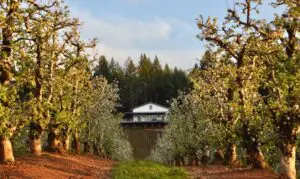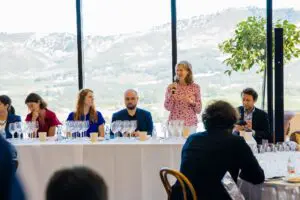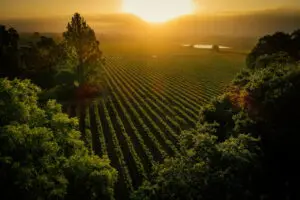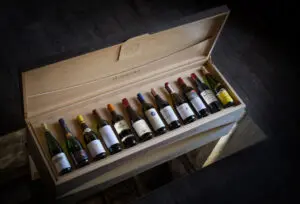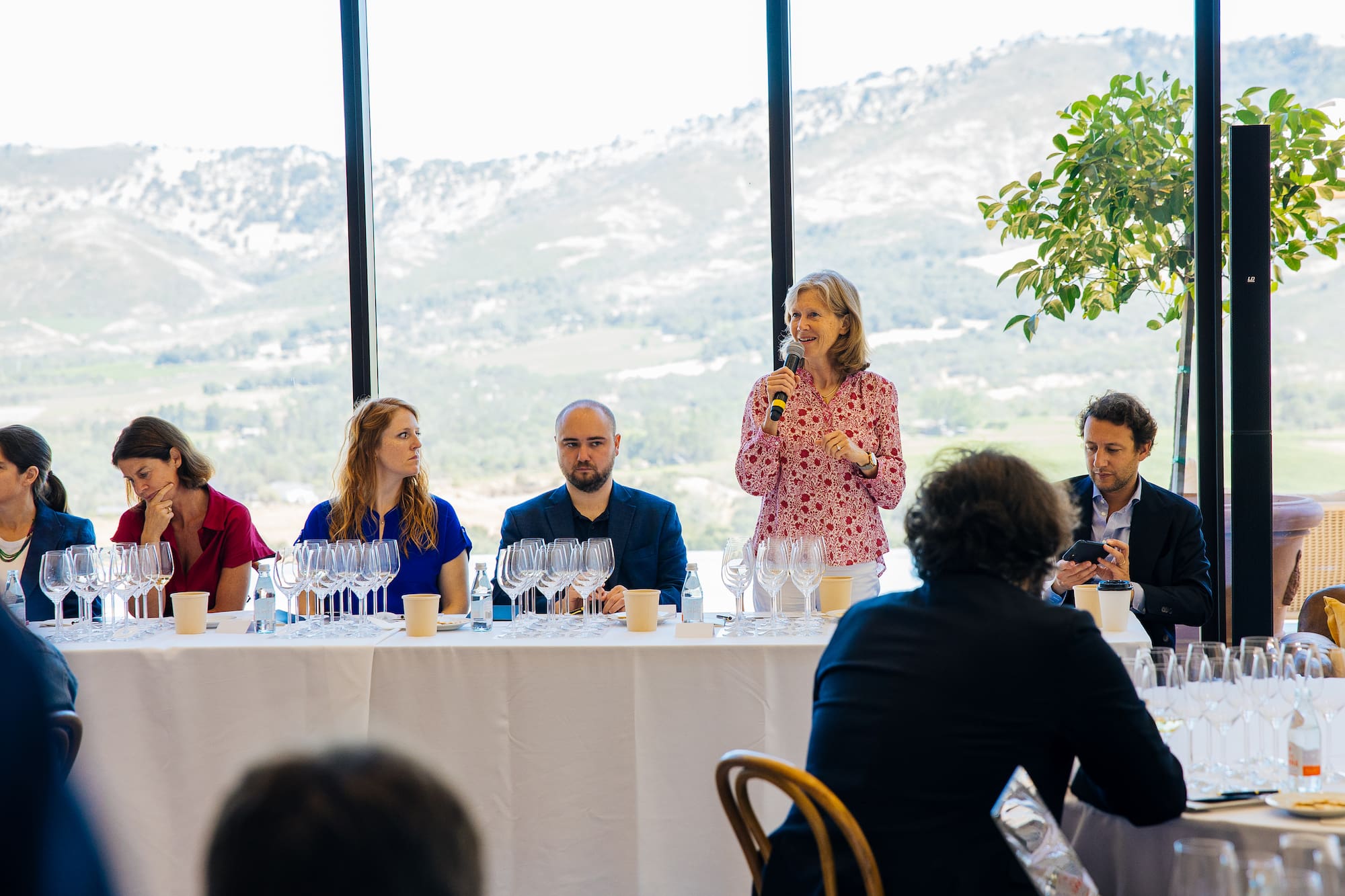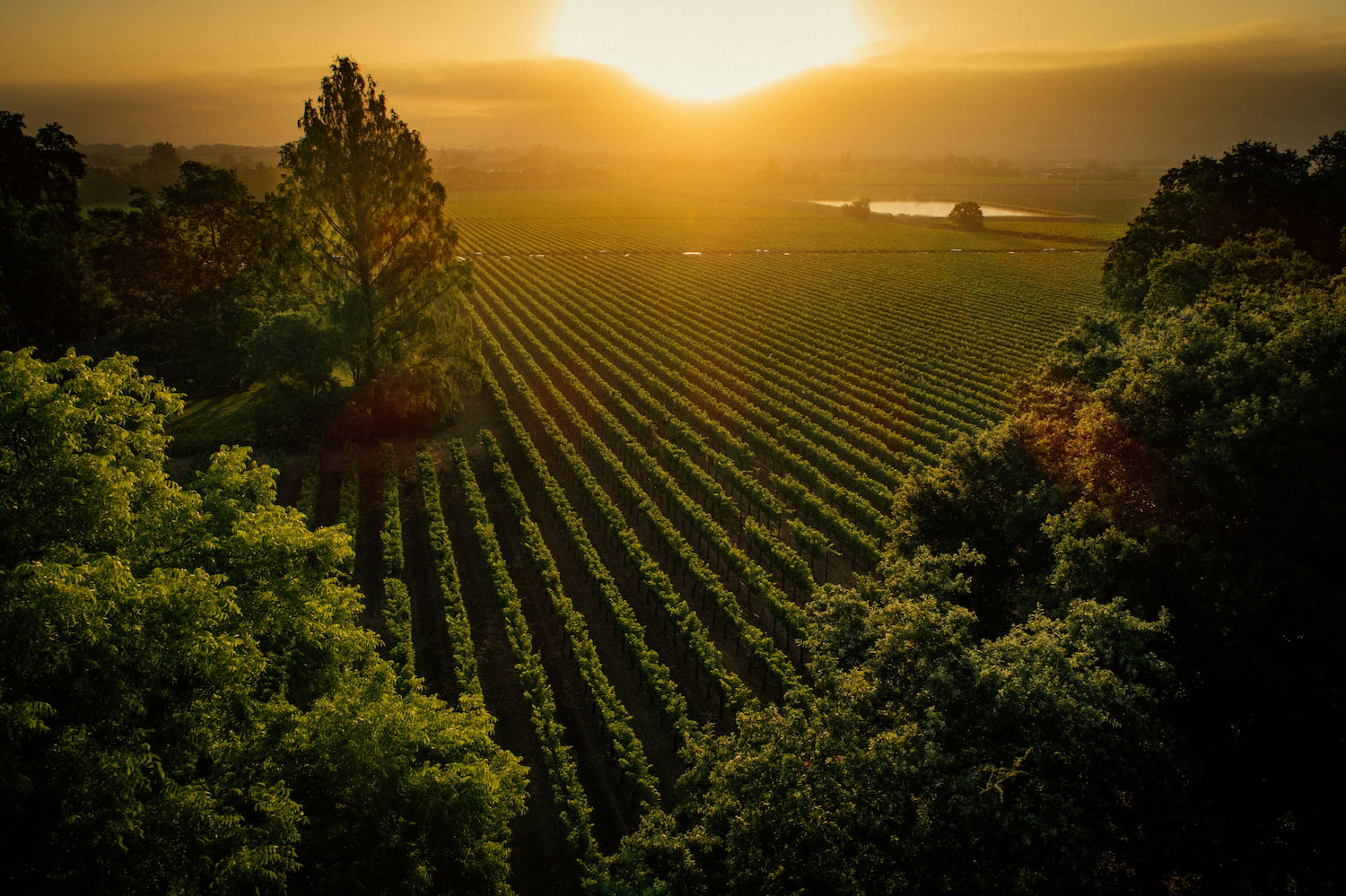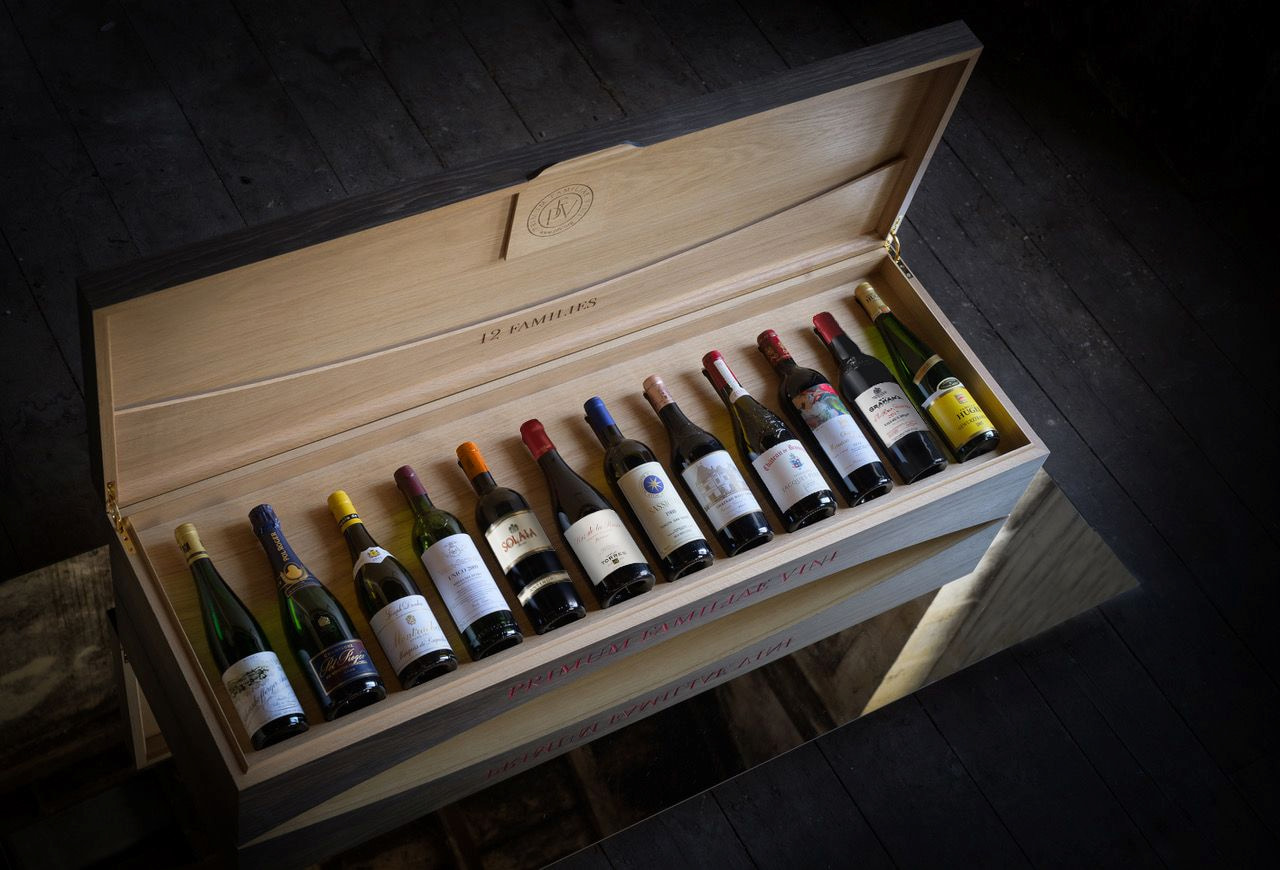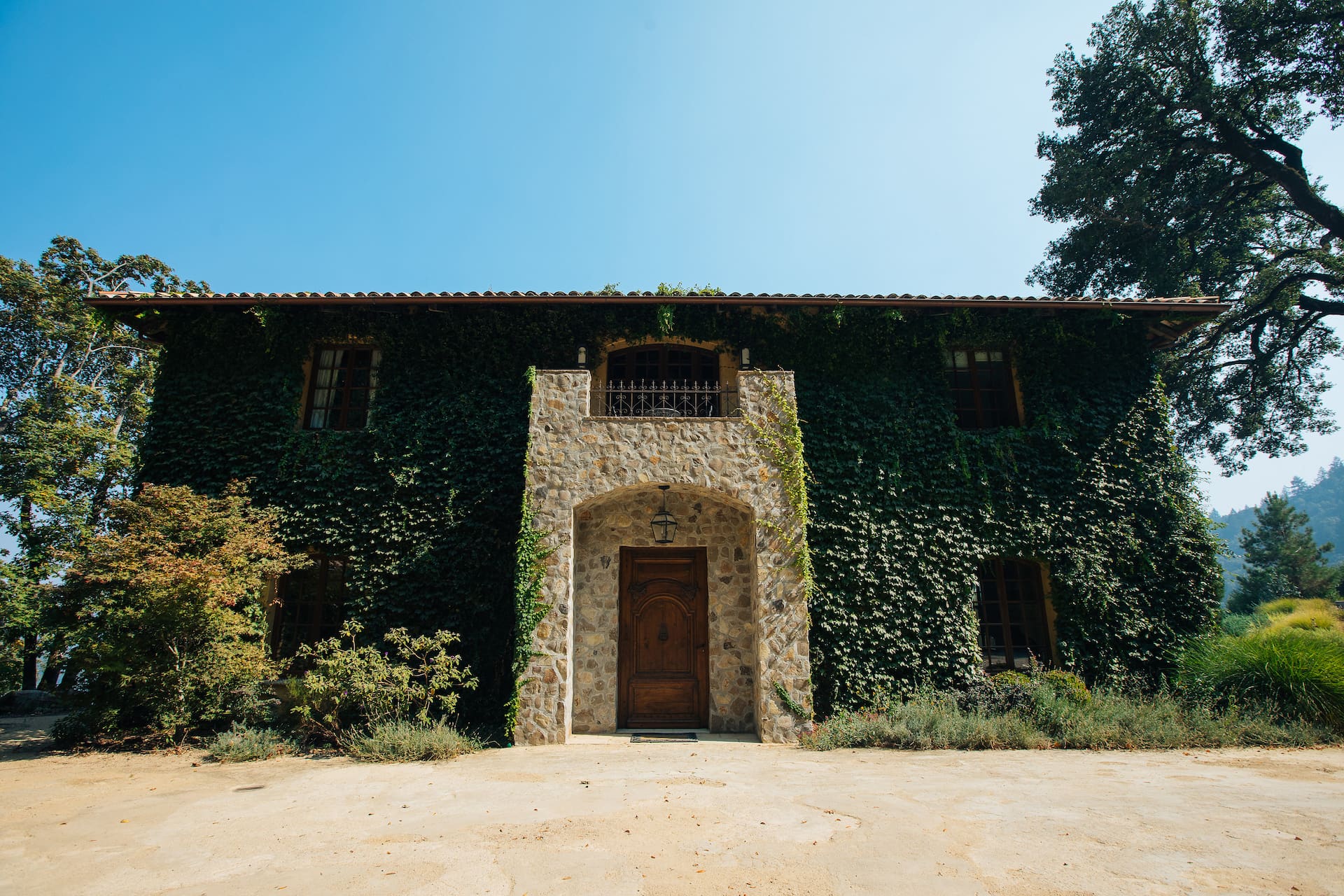Celebrated, beloved and inspiring, Napa Valley is undoubtedly America’s most famous wine region.
A tiny piece of winemaking heaven, Napa is a rare find in many ways, crafting wines that fill cellars with some of the highest-priced wines in the game. It is almost hard to believe that you could once get a bottle of Napa Valley wine for the staggering price of $6 per bottle. And while that was the cost of Napa’s finest during the Judgement of Paris, the region, the wines and the wine lovers who drink Napa through and through have changed a lot since that moment. Napa has a jewel-like history that is ever-evolving. At the moment, Napa has a youthful glow, but its history will keep you on the edge of your seat. This small section of vineyards, only a sixth of the size of Bordeaux, with its many dips, peaks, valleys, and vast range of expressions of terroir, tells a story. One told through the wines and the wineries at the heart of the Napa-mission. If Napa is worth the space in your cellar, the short answer is yes, but I’ll get into all that.
A Little Bit of Napa History

The history of Napa did not start when the valley and surrounding mountain vineyards gained the American Viticultural Area (AVA) distinction in 1981. On the contrary, Napa is part of the tried and true Californian lifestyle that is the Eureka-moment. Many wine lovers might see Napa for its most memorable moment, The Judgement of Paris, but many moments before lead up to that fateful tasting experiment. The Mission grapes of the 1700s gave rise to the later vineyards planted during the California Gold Rush in the 1830s. Famous names like George Calvert Yount, John Patchett and Hamilton Walker Crabb arrived on the scene and introduced more grape vines. By the 1860s, wineries you might be familiar with today started setting up shop. These first commercial wineries included Charles Krug, Schramsberg and Beringer wineries. Rolling forward and making wine in the process, the beginning trailblazers of Napa Valley surely didn’t think that 3 major ‘plagues’ would come and nearly decimate everything. From a bout of phylloxera, that pesky grapevine-destroying bug we all love to hate, followed by the Great Depression, and finally, the changemaker of all American winemaking as we know it, Prohibition. It was only in the 1930s when the life of wine got back on track in Napa Valley and ushered in the next wave of winemaking that changed the industry, helping it grow to what we know it as today.
A Place Made to Make Wine
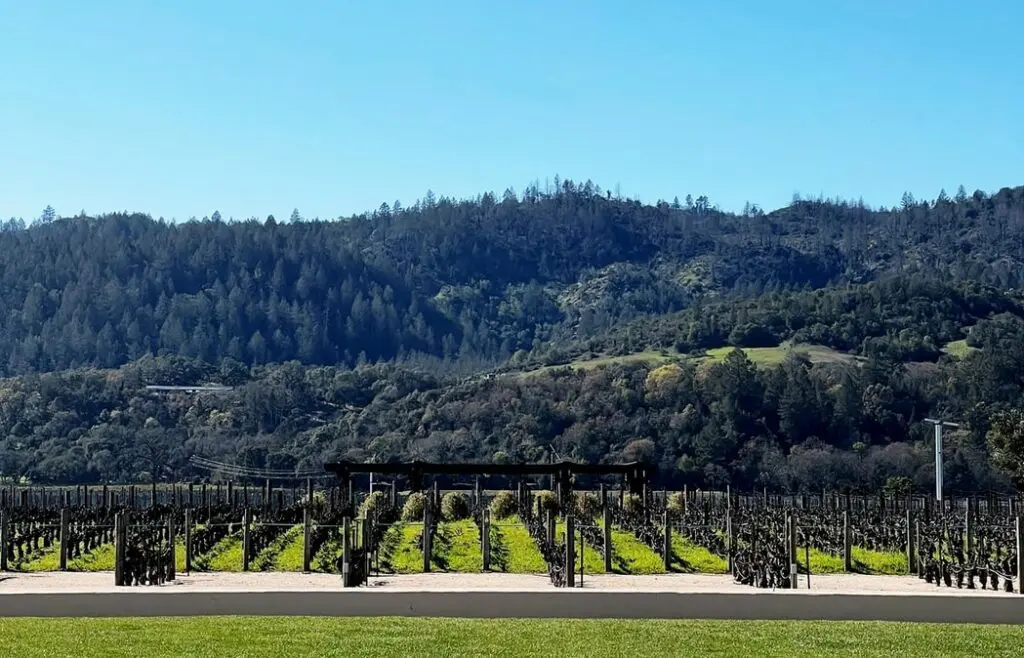
The long and the short of Napa from a geological and climate perspective is that this place is made for growing wine grapes. Napa has a vast arrangement of slopes, aspects and valley terrain between the Mayacamas Mountains to the west and the Vaca Range to the east. Mountain-grown and valley-floor grape vines are grown on land with more than 100 different soil composition variations from maritime to volcanic, alluvial, and the famed Napa terroir of the Rutherford Dust. All of which is encased in a Mediterranean climate, with long, hot, dry summer days and cool evenings during the growing season, even more aided by the fog factor of Napa weather. Following the bumpy road of the past, wineries that set up shop after the events of Prohibition didn’t have to worry about growing vineyards. However, they did have to create an identity that is uniquely Napa. These next moments in Napa wine history are filled with names that loom large and those that are quiet and best-keep secrets. Neighbours just a subregion away from each other, Sullivan Rutherford Estate and Robert Mondavi Winery in Oakville and two wineries that embody the personalities of the new Napa of the 1960s and 1970s.
Creating Uniquely Napa Wines

At the begging of an era when the region went from having fewer than 20 wineries to ten times as many and growing, the first major bonded winery built in Napa Valley following Prohibition was none other than Robert Mondavi Winery. Going out on his own from a winemaking family, Robert Mondavi started his homestead in 1966 and sparked innovation and growth in Napa. Famous for employing European techniques like French oak ageing and cold fermentation, Mondavi had a life filled with many firsts. He was the first to fully embrace varietal labelling; instead of labelling by place, he wrote the name of the grape on the bottle instead. Yes, we owe it to Mondavi for giving us the term ‘Napa Cab’. He also looked to the past and put one of the most coveted grand cru vineyards in the valley on the map—the To Kalon vineyard. Meaning the beautiful in ancient Greek, the vineyard was initially planted by Hamilton Walker Crabb in 1868 and is understood to be one of the most well-known vineyards in the world.

Northward in Rutherford, while he might not have been as bombastic a voice as Mondavi in Napa, James O’Neil Sullivan knew Napa’s power and greatness. Founding the vineyard in 1972, Sullivan was a visionary before his time. Aided by the legendary Napa winemaker, Andre Tchelistcheff Sullivan purchased a plot of land that straddles the plateau above neighbouring vineyards. Here the vineyard terroir is streaked with gravel and punctuated by rocky soils. It is also home to the Rutherford Dust, a mineral-rich earth formed millions of years ago, a term coined by Tchelistcheff. Once he saw that Sullivan was in for a winery, Tchelistcheff knew that Cabernet Sauvignon and Merlot would be the grapes to plant. A graphic designer by trade, when you look at all the factors that make Sullivan’s vineyards great, his decision is ingenious. Sullivan wines and a calm, cool and collected reflection of Napa. Their Merlot wines strike a perfect balance between Old World and New World. The wines represent a past with so much history but a forward notion in the glass that communicates so much potential.
A Fateful Judgement
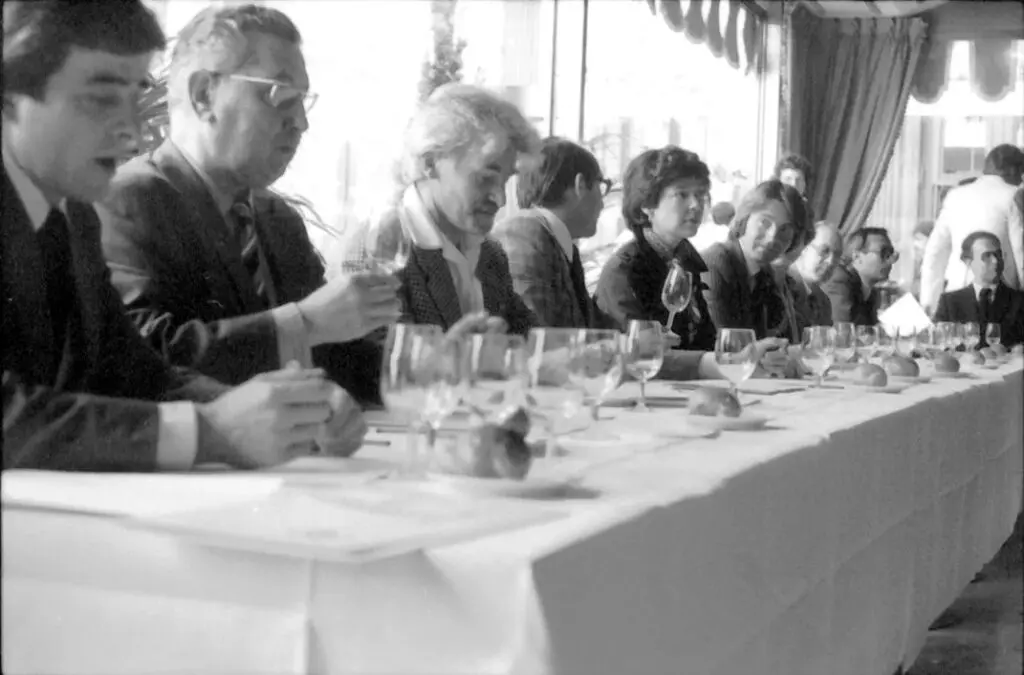
This potential of Napa Valley brings us to the year 1976, the moment of the Judgement of Paris. When Steven Spurrier organized a tasting of six top California Cabernet Sauvignons and Chardonnays to celebrate the American Bicentennial on May 24th, most wine writers and wine lovers at the time thought it was a joke. So much so that only one reporter even showed up to cover the event. Spurrier added in four Bordeaux wines and four white Burgundies to act as markers against which to evaluate the Californian productions; it was a mindblowing affair. Shaking up the thought that great wines could only be made in Europe, the California wines at the 1976 tasting blew their competition out of the water!
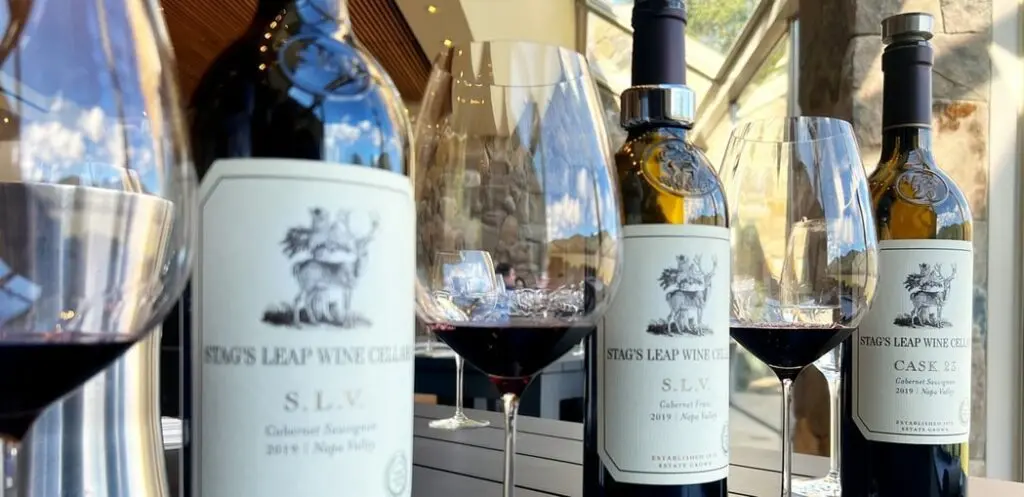
Stag’s Leap Wine Cellars 1973 Cabernet Sauvignon won for the reds, beating out some of the oldest and most famous names in Bordeaux, including Haut-Brion. And on the white wine side of the competitive tasting Chateau Montelena’s 1973 Napa Valley Chardonnay won against some truly royal Burgundian white wine houses.

Clos Du Val Winery’s 1972 Cab Sauv and the Mayacamas Vineyard’s 1971 Cab were also highly regarded during the tasting. An overwhelming number of California wines won out over their French rivals. The tasting was eye-opening and gave rise to a new era of Napa Valley wines. While it was an era established on the works of wineries like Mondavi and Sullivan, this tasting and its wines carried forward the notion that it was now time to take Napa Valley seriously.

Stag’s Leap Wine Cellars in Stags Leap District, Chateau Montelena in Calistoga, Clos Du Val in Stags Leap District and Yountville, and Mayacamas Vineyards in the Mount Veeder AVA had something special on their side. While the 1973 vintage was notably excellent, 1971 and 1972 also noteworthy. These are vintages where the subregions and tone of Napa wines started to come into their own. The wines were not tied down by the notions of the Old World, of European winemaking. While taking from that side of the pond’s technology and expanding upon it, these vineyards communicated a sense of place and established identity. If you visit any of these vineyards, you can explore the unique terroir that each winery embodies in the glass. Stag’s Leap shows the iron fist in a velvet glove quality of that sense of place. Chateau Montelena shows warmth and intensity. Yountville exhibits elegance and refinement in the glass—and Mount Veeder, with its distinct levels of herbal and minerals notes. The Judgement of Pairs let the world grab hold of the notion that Napa was ready and could make great wine.

The Voice of Napa Wines is a Bold One

The new voice of Napa is a bold one. In the newest era of Napa Valley wines, there are wineries reaching the top of what tech, vineyards, and production can offer. At the same time, some wineries express the essence of Napa through cult-like productions that bring out the boldness of the region.

Napa is in an age that sees some of the most high-value wines, including Opus One. After the musical term attributed to a composer’s first masterpiece, Opus One is a joint venture idea that brought together two worlds of winemaking, French and Californian. The idea was the spawn of Robert Mondavi and Baron Philippe de Rothchild of Château Mouton Rothschild in Bordeaux. The idea to craft a wine together was sealed in 1978, just two years after the fateful tasting. The winery crafts only two wines, the flagship Opus One and the Overture production. Across the board, this winery strives for attention to detail. High-value technology, vineyard attention to the nines, creation of sole vineyard yeast strains and a wine cellar that is monumental and inspiring – that is the vibe of Opus One. Part of the Opus One wine blend comes from the famed To Kalon vineyard, and it’s delicious. Filled with layers of unctuous aromas and flavours, when Opus One was first released in 1981, the inaugural case sold for $24,000 on auction. And while you can buy it by the bottle, it is still an elusive wine with a massive following.

This following of Napa is not one for Opus One alone. This is the region that also gave rise to winemaker Dave Phinney’s cult wine, The Prisoner. You might have seen this bottle before with the mesmerizing stretch by Spanish artist Francisco de Goya on the label. Released in 2000, this Zinfandel leading wine went viral before going viral was a thing. It sparked the notion of the essence of Napa. One that was not price dependent but flavour-driven. Coming out at $37 per bottle, The Prisoner was a wine that pushed Dave and his winemaking style into the spotlight. He has since sold the label but continues to make wines with a cult following from Napa and across California with his Orin Swift winery. For many, Dave’s take on Napa could have foreshadowed where the region would land today. A region with a sense of youth, drive and experimentation driven by a great land made for making wine.
Renée has dedicated her life to grapes. As a Court of the Master Sommeliers Certified Sommelier, she has made wine her life’s work, and her entrepreneurial spirit has driven her to be a curator of wine experiences. In her work as a Wine Communicator, Curator of Virtual Experiences, Brand Consultant, Educator and Wine Writer Renée brings to life her love of wine in a way that is contagious. She has a flair for making wine fun and understandable, sharing her passion for the vine.


